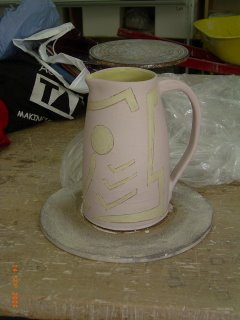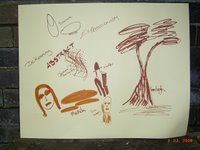
Christo
Known for his environmental installations, Christo was born Christo Vladimirov Javacheff, in Bulgaria in 1935, he moved to America in 1963 with his partner, Jeanne-Claude. Prior to that they had their first collaboration, Dockside Packages in Cologne in 1961, which was also their first temporary outdoor structure.
In 1962, in Paris another ‘wrap’ was of 240 barrels. Height: 4. 3 meters (14 feet). Width: 3. 8 meters (13 feet). Depth: 1. 7 meters (5 feet 6 inch).Duration: 8 hours. Titled Iron Curtain-Wall of Oil Barrels it was placed in the Rue Visconti.
They went on to wrap several public buildings and even some islands in Florida. Called ‘Surrounding Islands,’ it involved floating bright pink fabric on booms to allow for the tide, around several small islands.
In 1969 they came to Australia and wrapped Little Bay on Sydney’s North Shore.
They are still working together and currently are working towards covering part of the Arkansas River in Colorado, USA. The working drawings and technical data are available for purchase and this helps to fund the projects.
I enjoy the enormity of their projects, however I have always wondered what happened to the little creatures and insects during the duration of the project. Their later projects have required environmental impact studies before permission has been granted. Permission is still pending for the next proposed work.
Reference:
http://christojeanneclaude.net/dp.html
Iron Curtain-Wall of Oil Barrels, Rue Visconti, Paris, 1961-62
http://christojeanneclaude.net/wc.html












